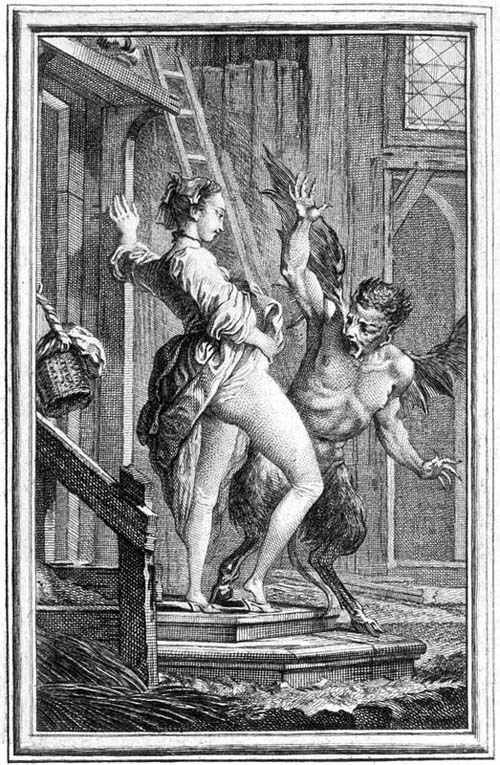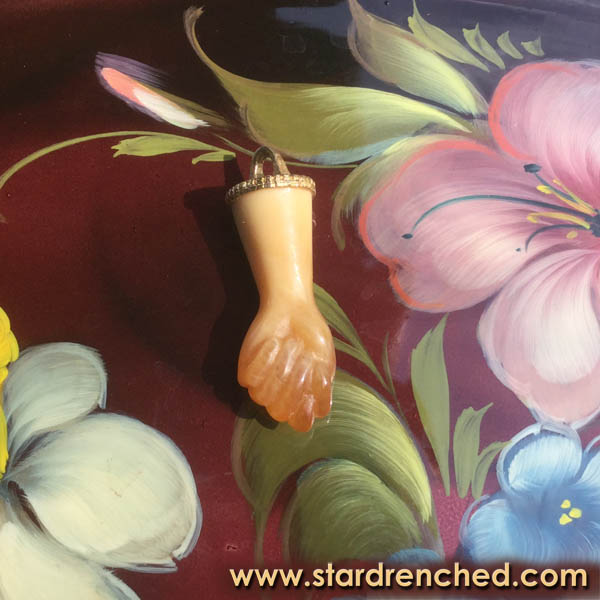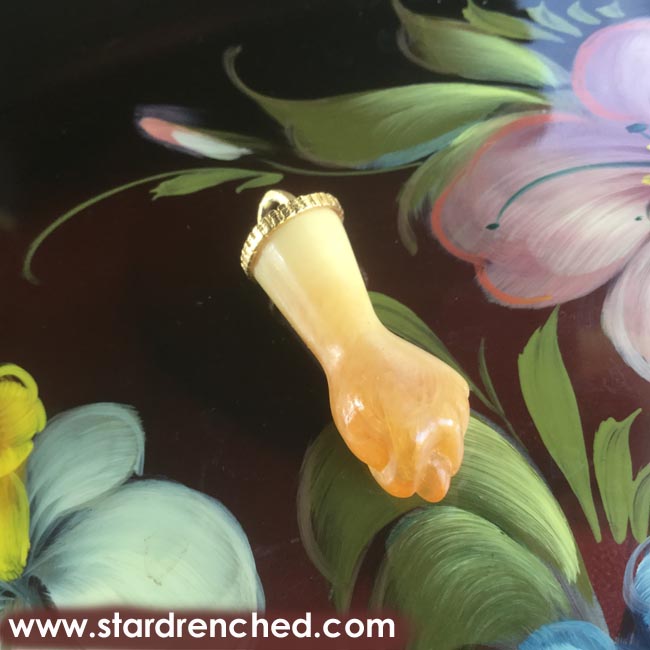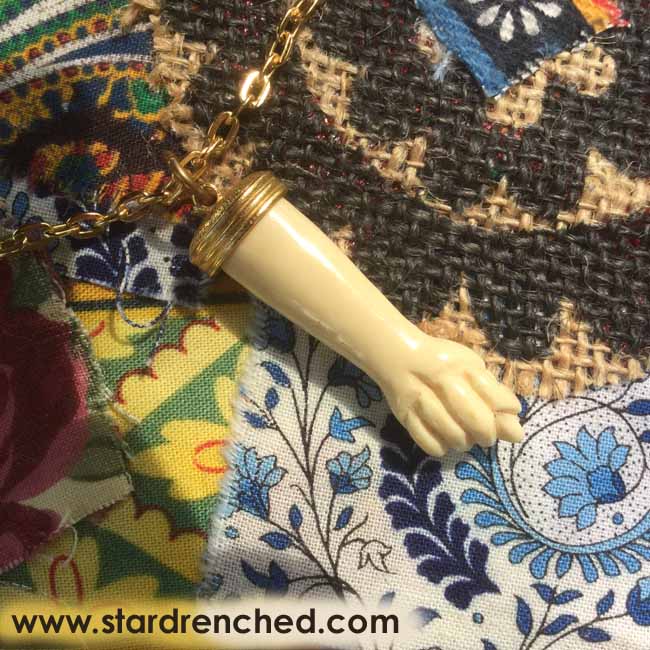Laughing Vulva, Goddess Womb:
Claim Your Divine Feminine Power.
A Three-Month Ritual Group
We’ll meet by group phonecall to do the ritual, seven times over three months.
The womb and vulva metaphysically embody everything—everything! Abundance, power, confidence, sexuality, creativity, personal authority, and more. I mean, look at the picture above. Even the devil was frightened by the woman’s display of power.
Want her audacity? This three-month rite centers you into laughing vulva, Goddess womb, ferocious vulva, inner-temple, so you:
* Step into full inner authority in all parts of your life.
* Have the confidence needed to create prosperity and happiness.
* Feel safe in any circumstances.
* Enjoy a sense of power—and safety—that allow creativity to blossom.
* Know in your bones that your power is equal to anyone and any situation, so you can handle anything and come out on top.
Scroll down to enroll: enter your phone number and pay securely with PayPal.
This issue can be triggering so do not read further if you might get triggered.
 This event is not just for individuals with physical wombs and vulvas. This is about your psyche, the spiritual anatomy, its power, overcoming the suppression of it, and reveling in your female aspect.
This event is not just for individuals with physical wombs and vulvas. This is about your psyche, the spiritual anatomy, its power, overcoming the suppression of it, and reveling in your female aspect.
Everyone has a female aspect. It is called the “anima.” Most individuals bear an archetypal wound of the anima, regardless of whether they have physical wombs and vulvas, medical problems with their pelvises, are mothers, or were born physically female.
This core cultural wound and core wound in our psyches affects every part of our lives. Every part. The wound is healed by this ceremony.
 Even powerful individuals—savvy witches, individuals deeply ensconced in their feminine power, and alpha males—can suffer from this wound. It might cause them great pain or inability to take the next step toward their cherished goals.
Even powerful individuals—savvy witches, individuals deeply ensconced in their feminine power, and alpha males—can suffer from this wound. It might cause them great pain or inability to take the next step toward their cherished goals.
Since the anima touches every aspect of life, symptoms of its wound can vary from person to person. This is discussed below.
For many individuals, spiritual injuries are reinforced by physical trauma to the pelvic area, from rape to unnecessary C-sections.
The injured anima creates messages that invalidate our claim to the very help we need to heal the anima. For example, the first time I offered this rite, someone said,“My hysterectomy left me emotionally shattered, so I don’t qualify for this ceremony,” but that was why they desperately needed the rite.
In other words, the wounded anima can make someone unknowingly view a symptom of the wound as an invalidation of needing healing.
Here are common expressions of feeling the anima wound is irrelevant or feeling barred from my ceremony. They keep someone from getting support:
* Hope and effort are pointless.
* There’s no point when I feel such emptiness inside, hollow longing and loneliness.
* I can’t have a child.
* I lost my child, who died young.
* I lost my child—she hates me.
* It’s all my fault anyway, everything I do is wrong,
There are many more symptoms, and not everyone has the same ones. Whatever reason you as a unique individual need healing and empowerment of the anima, I can hold you and your needs.
Enrollment is limited. I gear the ceremony to the specific ways the anima wound has impacted the rite’s participants. If you’re unclear about some of the anima wound’s specific impacts on you, I’ll help you figure that out during our meetings.
Every session I also send you soul healings.
We are not powerless in the face of society’s and nature’s forces. In our womb power and laughing vulva, we find the sure ground of our being. We find the bottom line within—our essence, its irreplaceable and irrepressible power and joy, and our connection to Divine help. We accept our faults and find our glory.
Beautiful anima! I’m happy about of my two-word poem “Laughing vulva,” because it helped me convey a joyful power I’d once found difficult to express: the power this rite gives you.
This ceremony requires no ritual experience.
The group meets by phone; just dial the phone to participate.
 Starts February 21. We meet seven times, from 6:00 to 7:00 PM EST, every other Wednesday. Reserve Weds May 23, same time, for a makeup session, in case I’m unavailable for one of the planned meetings.
Starts February 21. We meet seven times, from 6:00 to 7:00 PM EST, every other Wednesday. Reserve Weds May 23, same time, for a makeup session, in case I’m unavailable for one of the planned meetings.
Tuition is $250. Your particular carrier may charge you for the calls. Scroll down to enroll: enter your phone number and pay securely with PayPal.
Upon receipt of payment, your place is reserved. You receive event phone #, etc., by email. If you need more info, or want to discuss scholarship, trade, or payment plan, call 814-337-2490. No refunds.
This ceremony can be used as one of the two qualifying electives required for Third Road advanced shamanic training.
Embrace your laughing vulva and Goddess womb to know your full potential. Embrace your Cosmic Source—you. You are the residence of mysteries, starlight, and love, a deity within. Think of that woman lifting her skirt to scare off the very devil himself. I bet she felt powerful and had a good laugh.




